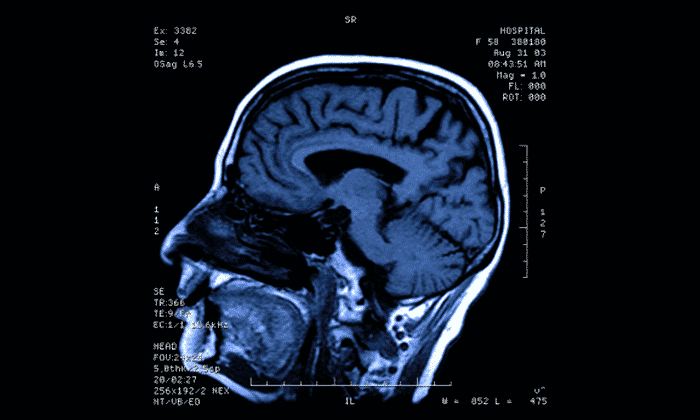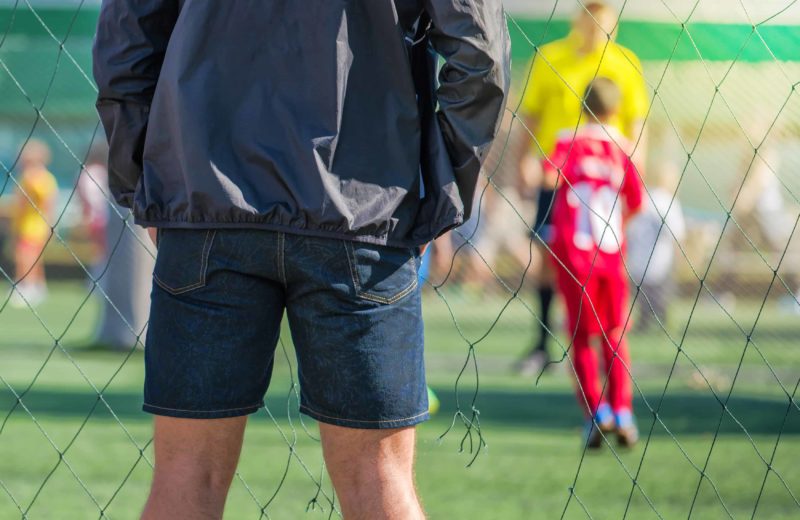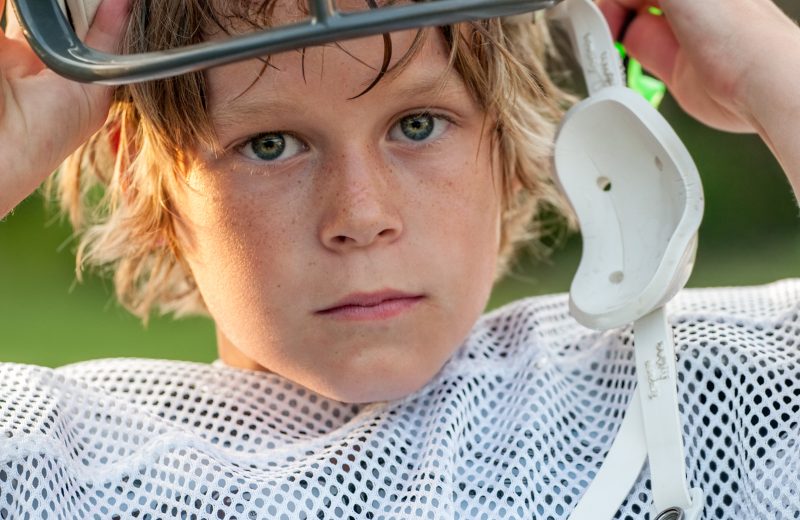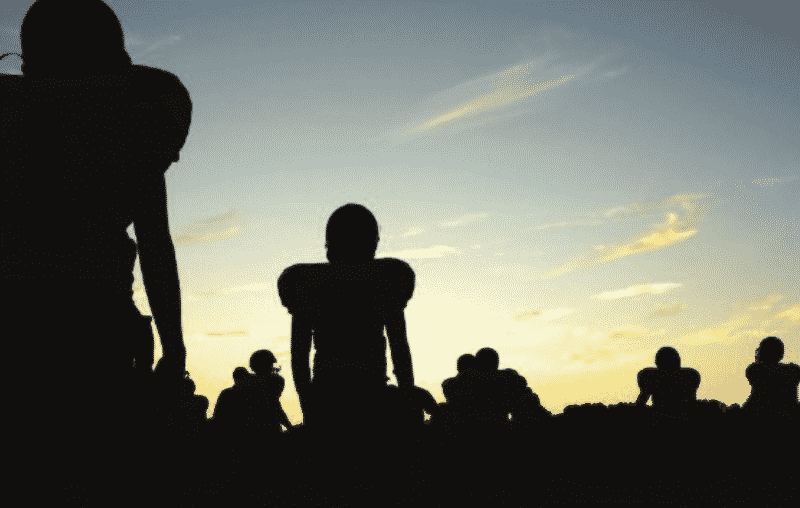Tom Waddle, wide receiver for the Chicago Bears from 1989 to 1994, has suffered his share of concussions in what he calls an “occupational hazard.”
“I look back in time, and I am amazed that we didn’t know more—not just the athletes, but the medical community,” Waddle says. “I played the fourth quarter of a playoff game in ’91 against Dallas, and I don’t remember playing it. In the early ’90s we didn’t know enough about concussions, and we just tolerated them.”
Now concussions and brain injuries are getting more attention, with high school players being tragically injured and NFL players committing suicide because of the effect of their brain injuries and a condition known as chronic traumatic encephalopathy or CTE.
“Sadly, it’s taken those types of stories to draw this to our attention,” Waddle says. At 46, he says he forgets things every now and again. It doesn’t prevent him from functioning on a daily basis, but several days a month he suffers from what he calls “concussion days,” when he knows he’s not thinking clearly and has trouble verbalizing his thoughts. The effect of concussions concerns him—not only for himself but for his children.
“I’m the father of four athletic daughters,” Waddle says. “I have a junior who plays soccer at Northwestern, a freshman who plays soccer at Vanderbilt and two younger daughters who both play soccer as well, at a very competitive level. You realize that regardless of the sport—it’s not [only] football—these kids are exposed to potential head injuries.
“I support their desire to play; I just want to make sure I’m as educated as possible about the dangers and what they may be facing. I want to know what the risks are for my kids if they suffer a concussion; what the signs are; what the best path is in terms of rest; when it’s OK for them to get back and be involved and what precautions you should take going forward.”
Waddle has become a spokesperson for Lake Forest-based Head Case, a concussion-management technology that gives a detailed diagnostic history of a child’s head health. Head Case developer Dan Nicholson—who estimates that he has suffered 20 concussions from recreational and competitive sports and accidents, with resulting adult-onset depression, gaps in memory and mood swings—realizes the dangers of brain injury for youth athletes.
“If you continue to play with a concussion, you are exponentially more vulnerable to long-term brain injury,” Nicholson says. “It’s so dangerous to play with even a mild concussion. I don’t think most parents of sporting kids realize that. They think it’s just like, ‘He’s [gotten] his bell rung, and he needs to sit out for a day.’ But it’s so much more than that.”
So Nicholson built a concussion-management system; designing sensors that are placed in helmets to measure and record impact in a technology-rich online system, and created a mobile phone app that gives a field-side concussion-symptom test along with a website, HeadCaseCompany.com that is a portal for concussion information.
The Head Case system, which is currently in production, can be used by coaches, athletes and families to maintain a record of brain injury and impact, he says.
Waddle says that if he had a son who wanted to play football, he would support that desire, while taking steps to ensure safety. “As a parent, I want to be as informed as possible to make sure my kids are [as] safe as possible.”
—EB












